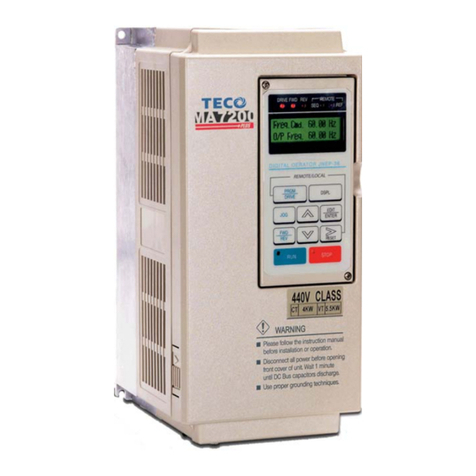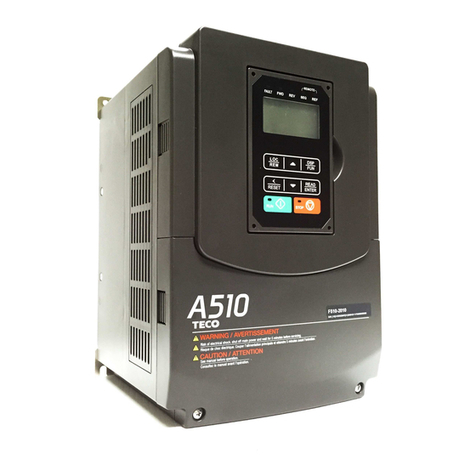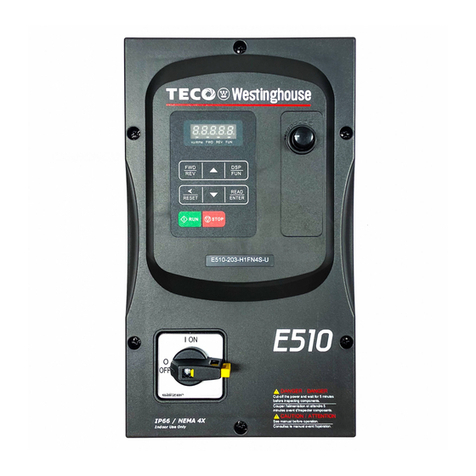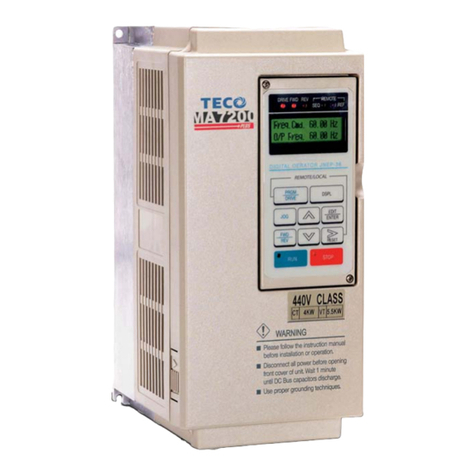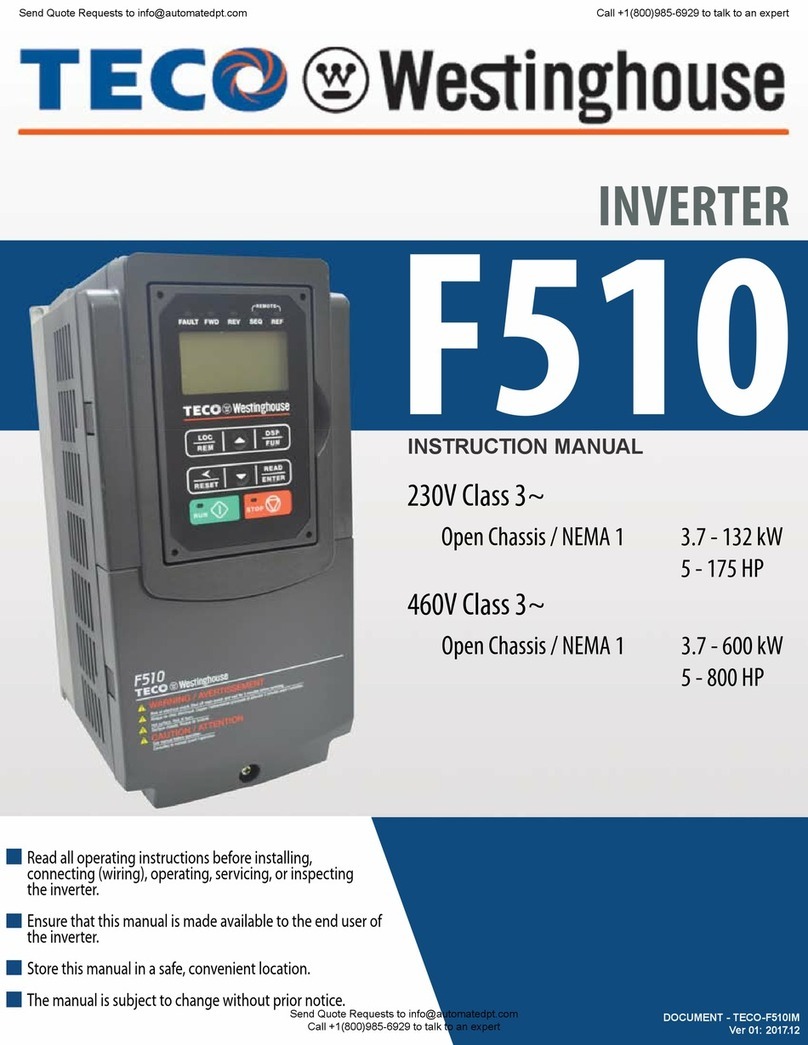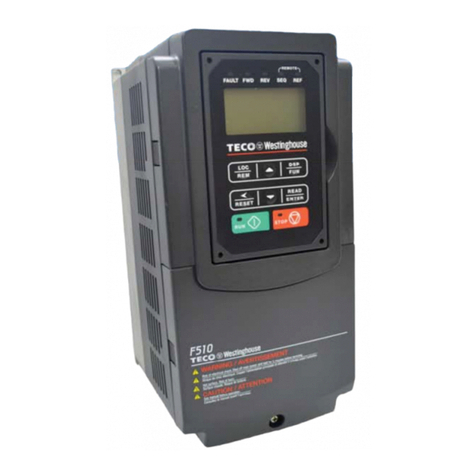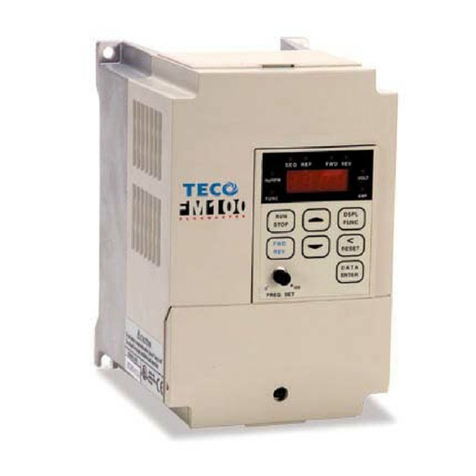
**** STATEMENT ****
Si Desea descargar el manual en español diríjase a este Link: www.tecowestinghouse.com
Table of Contents
Preface............................................................................................................................................................................0-1
1 Safety Precautions (English)......................................................................................................................................1-1
1.1 Before Supplying Power to the Inverter......................................................................................................................1-1
1.2 Wiring.........................................................................................................................................................................1-2
1.3 Before Operation........................................................................................................................................................1-3
1.4 Parameters Setting ....................................................................................................................................................1-3
1.5 Operation ...................................................................................................................................................................1-4
1.6 Maintenance, Inspection and Replacement...............................................................................................................1-5
1.7 Disposal of the Inverter..............................................................................................................................................1-5
1 Consignes de sécurité (Français)..............................................................................................................................1-6
1.1 Avant d'alimenter le disque dur..................................................................................................................................1-6
1.2 Câblage......................................................................................................................................................................1-6
1.3 Avant l'opération.........................................................................................................................................................1-7
1.4 Configuration Paramètre............................................................................................................................................1-7
1.5 Opération ...................................................................................................................................................................1-8
1.6 Entretien, Inspection et remplacement.......................................................................................................................1-8
1.7 Mise au rebut du variateur..........................................................................................................................................1-9
2 Model Description.......................................................................................................................................................2-1
2.1 Inverter Models –Motor Power Rating.......................................................................................................................2-2
3 Environment and Installation.....................................................................................................................................3-1
3.1 Environment...............................................................................................................................................................3-1
3.2 Installation..................................................................................................................................................................3-2
3.3 Mounting on a flat surface..........................................................................................................................................3-4
3.4 Inverter Exterior..........................................................................................................................................................3-6
3.5 Wire Gauges and Tightening Torque.........................................................................................................................3-6
3.6 Wiring Peripheral Power Devices...............................................................................................................................3-7
3.7 General Wiring Diagram.............................................................................................................................................3-9
3.8 User Terminals.........................................................................................................................................................3-10
3.9 Power Terminals......................................................................................................................................................3-11
3.10 Inverter Wiring........................................................................................................................................................3-12
3.11 Input Power and Motor Cable Length.....................................................................................................................3-13
3.12 Cable Length vs, Carrier Frequency ......................................................................................................................3-13
3.13 Control Circuit Wiring .............................................................................................................................................3-13
3.14 Inverter Specifications............................................................................................................................................3-14
3.15 General Specifications ...........................................................................................................................................3-16
3.16 Inverter De-rating Based on Carrier Frequency .....................................................................................................3-17
3.17 Inverter Dimensions...............................................................................................................................................3-18





